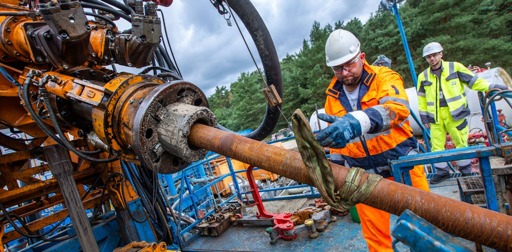When digging a pit, one way to prevent the walls from collapsing inward under pressure is to make them less steep, so they slant outward like the sides of a cone. A good rule of thumb is to make the hole three times wider than its depth.
[…]
Suppose you were to try digging through the Earth, and that the planet was all solid. (We know that it’s not, but this is the simplest scenario.) The depth of a hole all the way through the planet would be equivalent to Earth’s diameter, which is just a name for a line that passes straight through the center of a circle. So your hole would need to be about three times as wide as the diameter of the Earth in order for it to be stable.
Clearly, this is an impossible task that would completely alter the planet’s shape.
[…]



If there was a hole that went from one side of the earth, through the middle, to the other side and was safe for humans to be in: How much would they be charging to jump in? And how long would it take to fall all the way through?
Classic intro to orbital mechanics question. You could actually pull this off on some of the smaller bodies in the solar system (asteroids, etc.) provided you put the hole through the body from the north to south pole to avoid Coriolis effects. Time would be equal to the circular orbit time at the same altitude. Cost would be astronomical.
https://www.youtube.com/watch?v=kO7L5IPn2Bo
45 mins